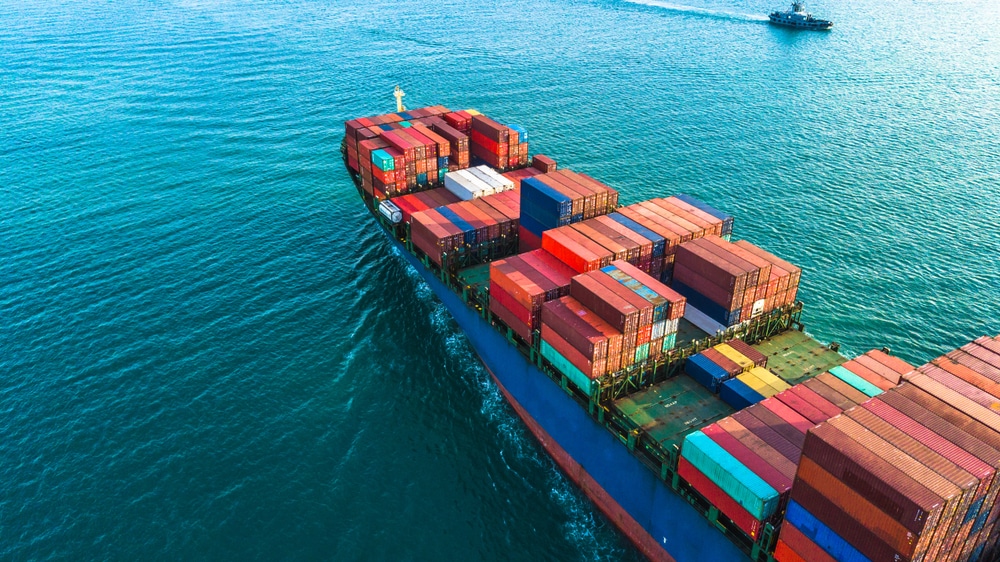Lots of questions about DOT post-accident testing every day. Let us try and sort it out. DOT post-accident testing should only be done when the accident involves a covered employee and the accident meets specific DOT agency criteria for the accident. This is very important, you do not and should not do a DOT post-accident drug and alcohol test whenever there is an accident.
If the accident is with a non-covered employee or does not meet specific DOT criteria for the accident, then you can do Non-DOT testing. But only if this is part of your company policy and it is allowed by State law where the accident occurs.
Timeline for DOT Post-Accident Testing
Drug testing shall occur as soon as possible but no later than 32 hours after an accident. Alcohol testing shall occur as soon as possible. Eight hours following the accident, the employer shall cease all attempts to administer an alcohol test and shall state in the record the reasons for not administering the test. Employers should also document in all cases why testing did not occur within 2 hours following an accident. Note it is possible that the when the eight hours expires, and no alcohol test is performed that the drug test can still occur up to 32 hours. In some cases, there will be a drug test but no alcohol test.
DOT Agency Specific Criteria for DOT Post-Accident Testing
It is important to understand that covered employees are defined differently under each agency. You can review the covered employees for each agency on our web page – DOT Covered Employees.
Federal Motor Carrier Safety Admin (FMCSA)
Here is the specific criteria for an accident involving a commercial motor vehicle operating on a public road in commerce, the employer shall test for drugs and alcohol for each of its surviving drivers:
- Who was performing safety-sensitive functions with respect to the vehicle, if the accident involved the loss of human life
- Who receives a citation within 8 hours of the occurrence under State or local law for a moving traffic violation arising from the accident, if the accident involved:
- Bodily injury to any person who, as a result of the injury, immediately receives medical treatment away from the scene of the accident
- One or more motor vehicles incurring disabling damage as a result of the accident, requiring the motor vehicle to be transported away from the scene by a tow truck or other motor vehicle.
Federal Aviation Admin (FAA)
FAA defines an accident as occurrence associated with the operation of an aircraft which takes place between than time any individual boards the aircraft with the intention of flight and all such individuals have disembarked, and in which any individual suffers death or serious injury, or in which the aircraft receives substantial damage.
The specific criteria is that each employer shall test each employee who performs a safety-sensitive function for the presence of a prohibited drug or alcohol in the employee’s system if that employee’s performance either contributed to an accident or cannot be completely discounted as a contributing factor to the accident. The decision not to administer a test under this section must be based on a determination, using the best information available at the time of the determination, that the employee’s performance could not have contributed to the accident.

Pipeline & Hazardous Materials Safety Administration (PHMSA)

Under PHMSA regulations the accident is one involving gas pipeline facilities or LNG facilities, or an accident involving hazardous liquid pipeline facilities.
As soon as possible after an accident, an operator must drug and alcohol test each surviving covered employee whose performance of a covered function either contributed to the accident or cannot be completely discounted as a contributing factor to the accident. An operator may decide not to test but such a decision must be based on specific information that the covered employee’s performance had no role in the cause(s) or severity of the accident.
United States Coast Guard (USCG)
The Coast Guard has a separate regulation for post-accident testing. The marine employer shall ensure that all persons directly involved in a serious marine incident (SMI) are chemically tested for evidence of dangerous drugs and alcohol in accordance with the requirements of 46 CFR 4.06. The regulations require that when a marine employer determines that a casualty or incident is, or is likely to become, a serious marine incident, the marine employer shall take all practicable steps to have each individual engaged or employed on board the vessel who is directly involved in the incident chemically tested for evidence of drug and alcohol use as required in this part.

For every individual engaged or employed on the vessel the alcohol testing must be conducted within 2 hours of when the SMI occurred, unless precluded by safety concerns directly related to the incident. After eight hours attempts to complete the alcohol test should cease. Drug testing must occur within 32 hours. Marine employers are required to have alcohol testing available on board the vessel as well as the ability to collect urine specimens for drug testing.
A thorough review of 46 CFR Part 4 is recommended for compliance with the post-accident provisions of US Coast Guard regulations for marine employers.
Federal Transit Admin (FTA)
FTA defines an accident as an occurrence associated with the operation of a mass transit vehicle, if as a result:

- An individual dies
- An individual suffers bodily injury and immediately receives medical treatment away from the scene of the accident
- With respect to an occurrence in which the mass transit vehicle involved is a bus, electric bus, van, or automobile, one or more vehicles (including non-FTA funded vehicles) incurs disabling damage as the result of the occurrence and such vehicle or vehicles are transported away from the scene by a tow truck or other vehicle
- With respect to an occurrence in which the public transportation vehicle involved is a rail car, trolley car, trolley bus, or vessel, the public transportation vehicle is removed from operation.
For FTA post-accident testing shall occur when:
- 1. Fatal accidents
- a. As soon as practicable following an accident involving the loss of human life, an employer shall conduct drug and alcohol tests on each surviving covered employee operating the public transportation vehicle at the time of the accident. Post-accident drug and alcohol testing of the operator is not required under this section if the covered employee is tested under the fatal accident testing requirements of the Federal Motor Carrier Safety Administration (FMCSA).
- b. The employer shall also drug and alcohol test any other covered employee whose performance could have contributed to the accident, as determined by the employer using the best information available at the time of the decision.
- 2. Nonfatal accidents
- a. As soon as practicable following an accident not involving the loss of human life in which a public transportation vehicle is involved, the employer shall drug and alcohol test each covered employee operating the public transportation vehicle at the time of the accident unless the employer determines, using the best information available at the time of the decision, that the covered employee's performance can be completely discounted as a contributing factor to the accident. The employer shall also drug and alcohol test any other covered employee whose performance could have contributed to the accident, as determined by the employer using the best information available at the time of the decision.
Federal Railroad Admin (FRA)
FRA post-accident toxicological tests must be conducted after any event that involves one or more of the circumstances listed below:
- 1. Major train accident. Any train accident (i.e., a rail equipment accident involving damage in excess of the current reporting threshold) that involves one or more of the following:
- a. A fatality to any person
- b. A release of hazardous material lading from railroad equipment accompanied by
- 1. An evacuation
- A. A reportable injury resulting from the hazardous material release (e.g., from fire, explosion, inhalation, or skin contact with the material)
- B. Damage to railroad property of $1,500,000 or more.
- 2. Impact accident. Any impact accident (i.e., a rail equipment accident defined as an “impact accident” in §219.5) that involves damage in excess of the current reporting threshold, resulting in
- a. A reportable injury
- b. Damage to railroad property of $150,000 or more.
- 3. Fatal train incident. Any train incident that involves a fatality to an on-duty who dies within 12 hours of the incident as a result of the operation of on-track equipment, regardless of whether that employee was performing regulated service.
- 4. Passenger train accident. Any train accident (i.e., a rail equipment accident involving damage in excess of the current reporting threshold) involving a passenger train and a reportable injury to any person.
- 5. Human-factor highway-rail grade crossing accident/incident. A highway-rail grade crossing accident/incident when it involves:

- a. A regulated employee who interfered with the normal functioning of a grade crossing signal system, in testing or otherwise, without first taking measures to provide for the safety of highway traffic that depends on the normal functioning of such system
- b. A train crewmember who was, or who should have been, flagging highway traffic to stop due to an activation failure of the grade crossing system
- c. A regulated employee who was performing, or should have been performing, the duties of an appropriately equipped flagger due to an activation failure, partial activation, or false activation of the grade crossing signal system
- d. A fatality to any regulated employee performing duties for the railroad, regardless of fault
- e. A regulated employee who violated an FRA regulation or railroad operating rule and whose actions may have played a role in the cause or severity of the accident/incident.
The FRA provides a Flow Chart to help with post-accident decision making, this flow chart was updated in October of 2018. Due to the complexity of the FRA post-accident testing, there is an extra hour of required Supervisor Training which covers in detail the FRA post-accident program.
All post-accident testing for all DOT agencies must follow the testing procedures followed in DOT regulations 49 CFR Part 40. Assistance with compliance with Part 40 is always available from National Drug Screening.






